Fence with gaps
If you fence off your territory with a deaf high fence, a small garden will be "in a box" and you will not be able to visually enlarge it. Yes, the kindergarten will become more comfortable, but you will no longer be able to observe what is happening outside the territory: for someone, such isolation causes psychological discomfort.
A fence with gaps gives a different impression - a picket fence painted in light shades, a mesh construction and a lattice. You leave room for your gaze, which does not bump into a solid wall. The boundaries are blurred and the garden looks much wider.
Water
A small pond or fountain plays an important role in enlarging the garden. He makes the site more voluminous, acting as an interesting accent and drawing attention to himself. Also, water reflects the surrounding space, playing the role of a natural mirror.
A pond can be made from:
- concrete;
- durable film for the pool;
- finished PVC bowl.
Even reservoirs made from scrap materials: bathtubs, tires, basins or barrels will play a positive role. But perfect option - the reservoir is not round, but long and narrow, which will help to break the boundaries.
Trees with raised branches
Avoid lush trees and bushes that are close to the ground. If you can't see your garden lawn, it looks like it's overloaded. Plants on thin trunks give the area a more "airy" look without obscuring the ground with foliage: this gives the illusion of open space.
note on coniferous and deciduous trees and shrubs with raised branches. Spruce will do thuja, barberry, maples, ferns, apple trees and others.
Playing with space
Plan tree planting and shrubs so that you cannot see the edge of the garden from the opposite end. This technique will not allow you to cover the entire territory with a glance and estimate its size. Arrange the plants so that part of the garden opens only after you go around the bend.
If the garden has dry stream, let it not end in open space, but "dive" under the bushes.
Winding path
Another effective technique for optical expansion of space is the use of smooth lines in landscape design... The most effective way to complicate the garden is to lay out paths rather than straight lines. On the sides of them, it is worth planting small shrubs like camellia, boxwood, lavender - they have lush foliage, but take up a minimum of space.
The longer you walk around the garden thanks to the paths, the more spacious it will seem. But there is one caveat: if the paths lead from the house to the barbecue area or summer cottage, the "elongated" path will eventually become annoying.
Vertical flower beds
A great way for owners of small adjoining territories to place almost everything they want is to equip vertical gardenstriving upward. Flower beds that take up almost no space will save space and become an interesting decoration. Container gardening is very popular in the West: all kinds of flower pots and boxes stacked on top of each other add variety to the landscape.
Loaches play the same role: climbing roses, maiden grapes and clematis should be planted near the house to smooth the abrupt transition from the green garden to the building.
Large plants at home
You can also plant the largest shrubs and trees near the house: if place most of them by the fence, this will create the feeling of a closed space, and you will also deprive yourself of sunlight.
Plant plants from large to small - let the composition fade away smoothly. The center of the garden can be left open to create a sense of spaciousness.
Mirror
Use a trick that is often found in interiors - enlarge a small garden with a reflective surface. A mirror - even an old one, covered with patina and small scratches - will perfectly fit into the atmosphere of the garden, adding a little magic. Hang the mirrored canvas on a fence, house facade or suburban building.
Let the mirror reflect the most picturesque corners of the garden - flower beds, a fountain, fruit trees.
"Weightless" furniture
If you are the lucky owner recreation areas or just planning to equip it, get light furniture - a table and chairs with thin legs. If you choose a bench, keep it graceful.
Also, a swing and a hammock, raised above the ground, will perfectly fit into a small garden. This approach will help free up space - and even if only optically, but the garden will seem larger.
Order
The problem with many sites is clutter. Piles of bricks, old planks, and twigs and rusty garden tools don't decorate the garden, but make it even smaller. In order not to feel crowded, all unnecessary trash must be taken to a landfill, and bushes, lawns and trees must be mowed.
The well-kept garden seems spacious, while the overgrown garden seems small and unattractive.
Minimalism
Don't overdo it with garden decorations - pergolas, arches, figurines and homemade décor. Simplicity is the main design principle for a small garden, and this applies both to small architectural forms and to plants. Choose one or two kinds of trees, two or three kinds of shrubs, three or four kinds of flowers.
If asceticism does not suit you, try to plant plants of similar shades: a riot of color will not play to increase the space.
Lighting
The more light, the wider the space appears. Take advantage of this! If a fence with gaps and low trees will help you during the day, then in the evening lanterns and garlands will come into their own. Buy solar-powered street lights that don't require electricity.
Hang garlands around the gazebo or trees, and decorate garden paths with lanterns on supports to expand the space in the evening and create a magical atmosphere. During the day, such details will become an additional decoration of the landscape.
A small garden, like any small space, requires thoughtfulness. Heed our advice if the local area seems too cramped: even a small area can look solid if you put in the knowledge and effort.

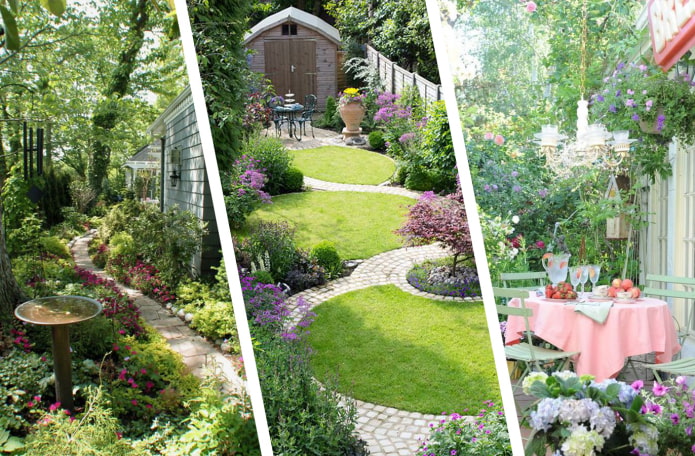

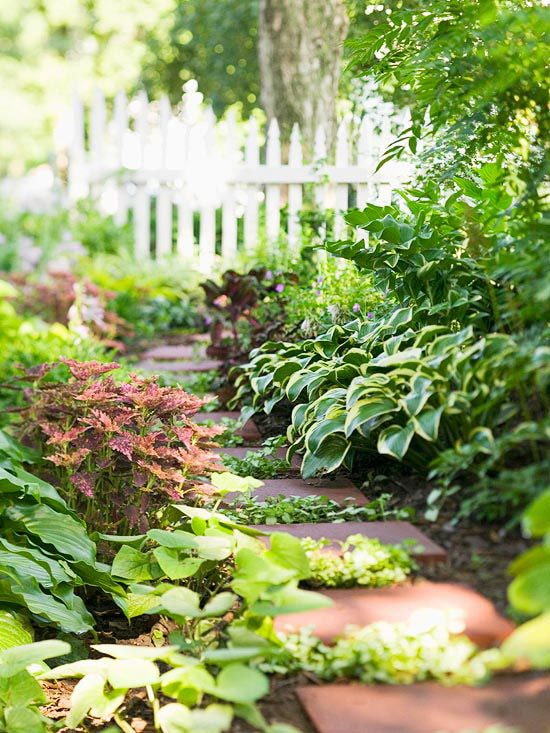

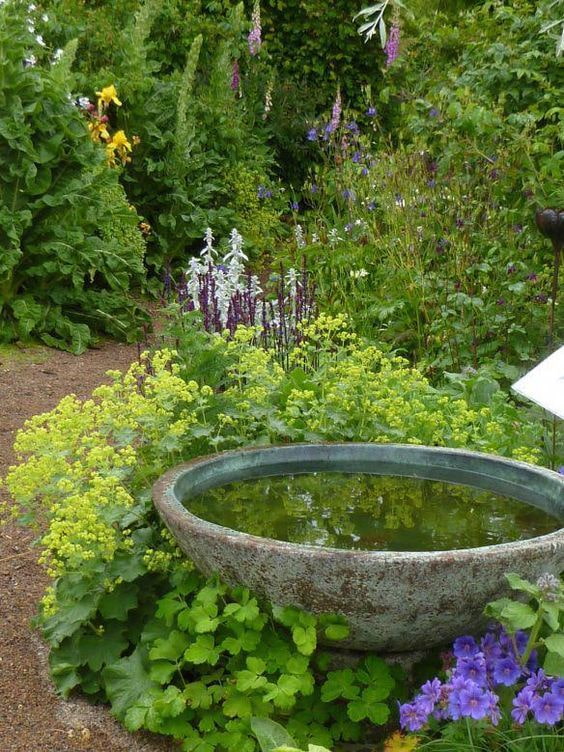
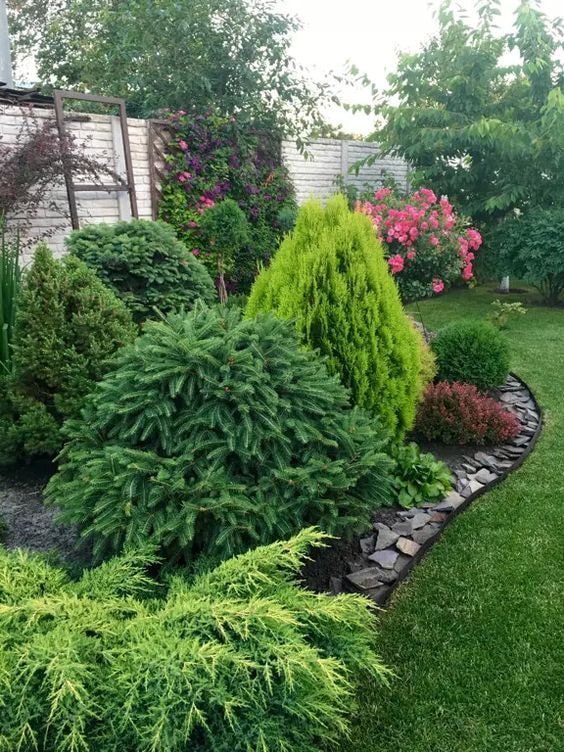

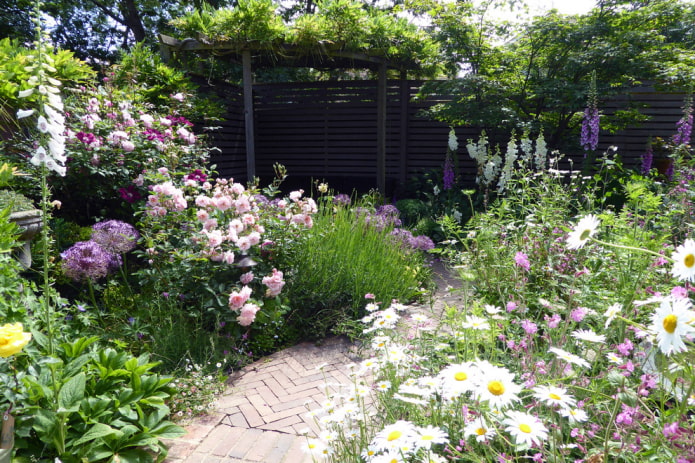
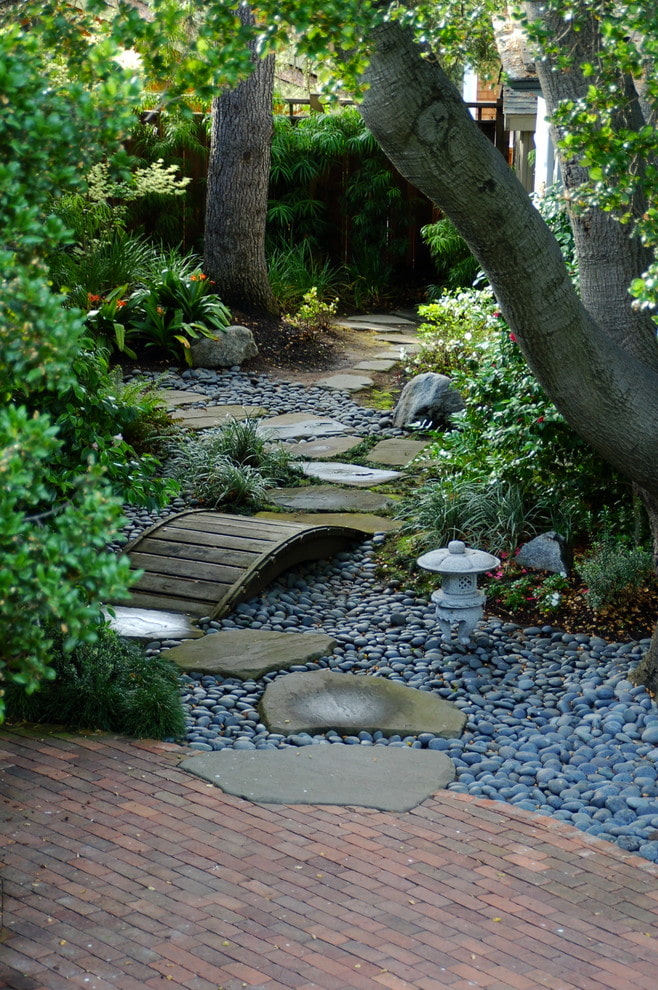
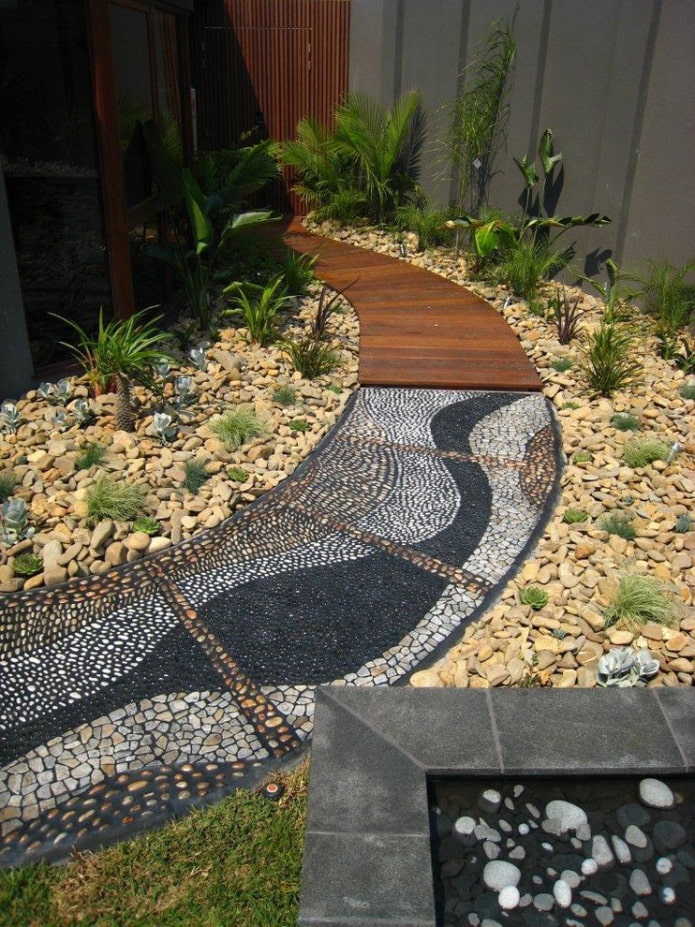
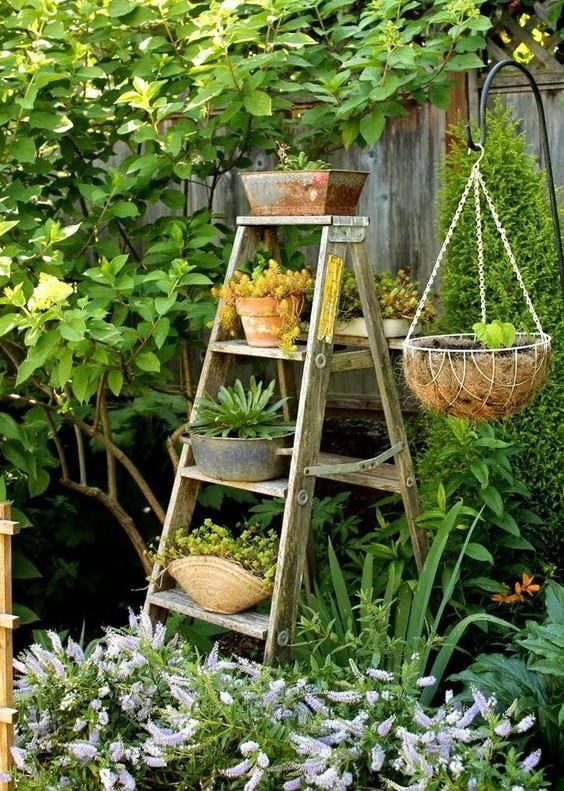


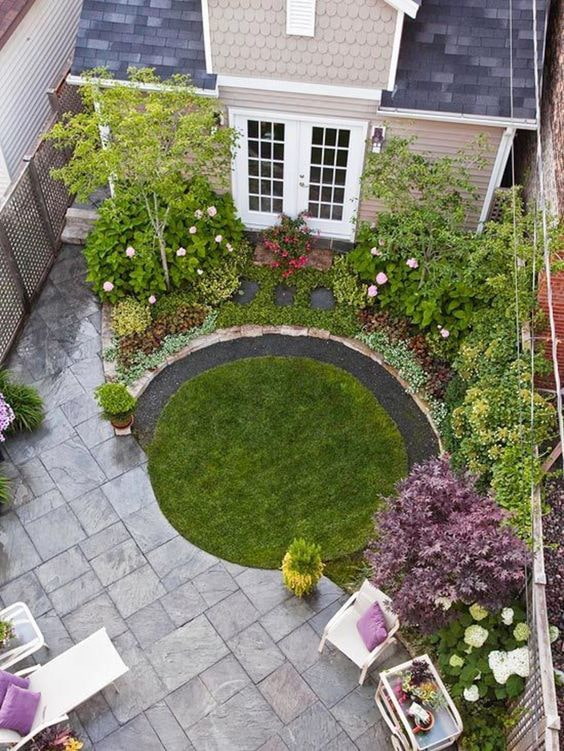

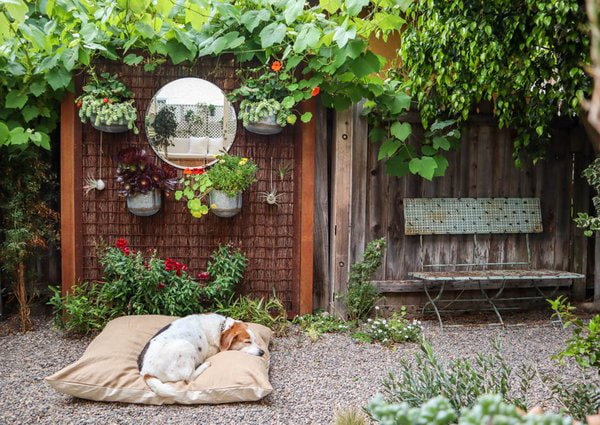
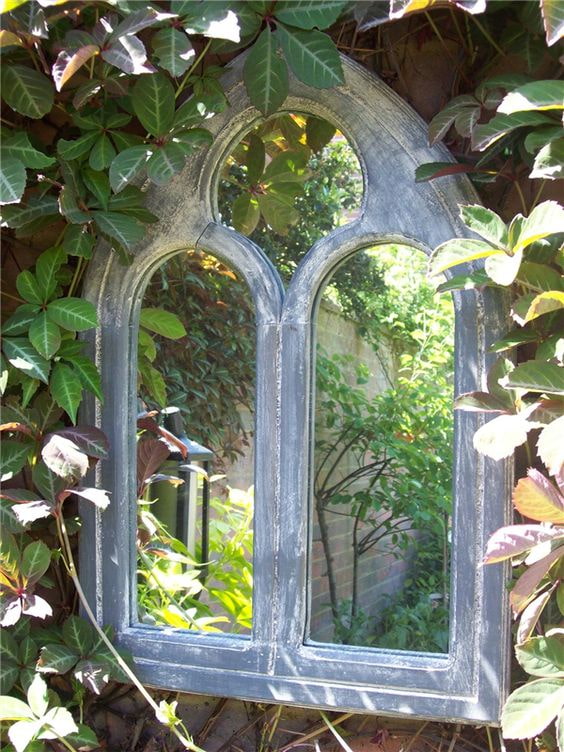
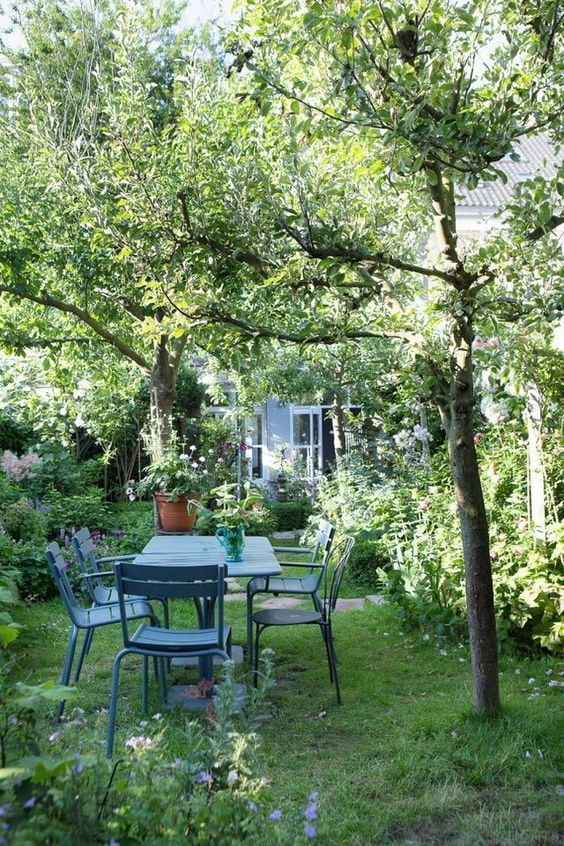
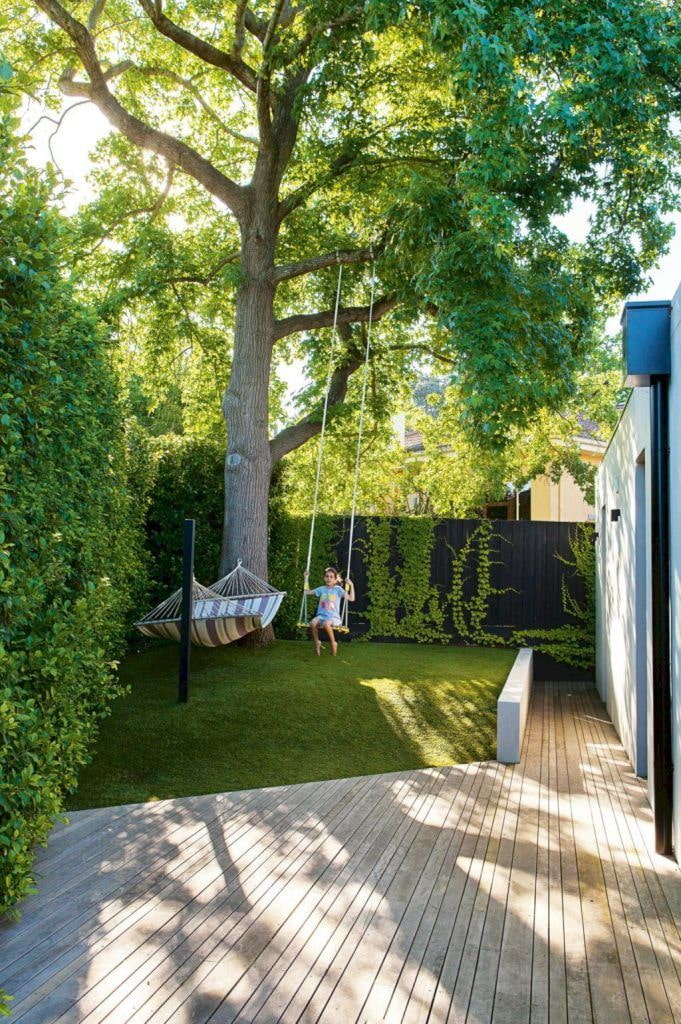
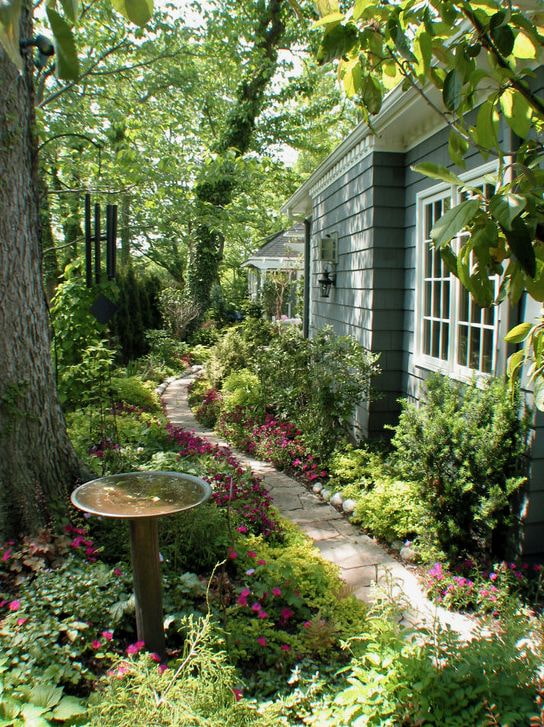

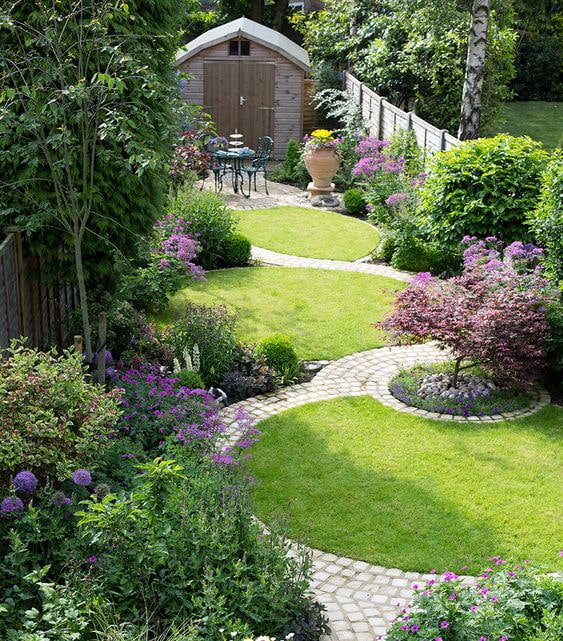
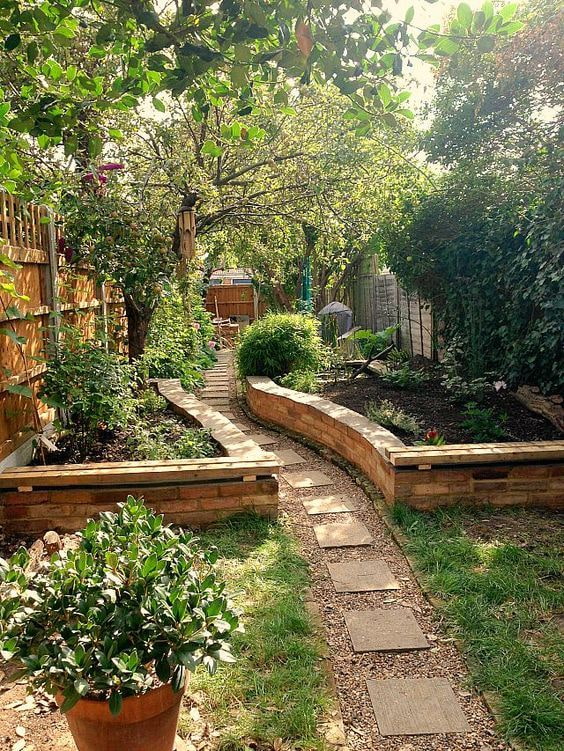

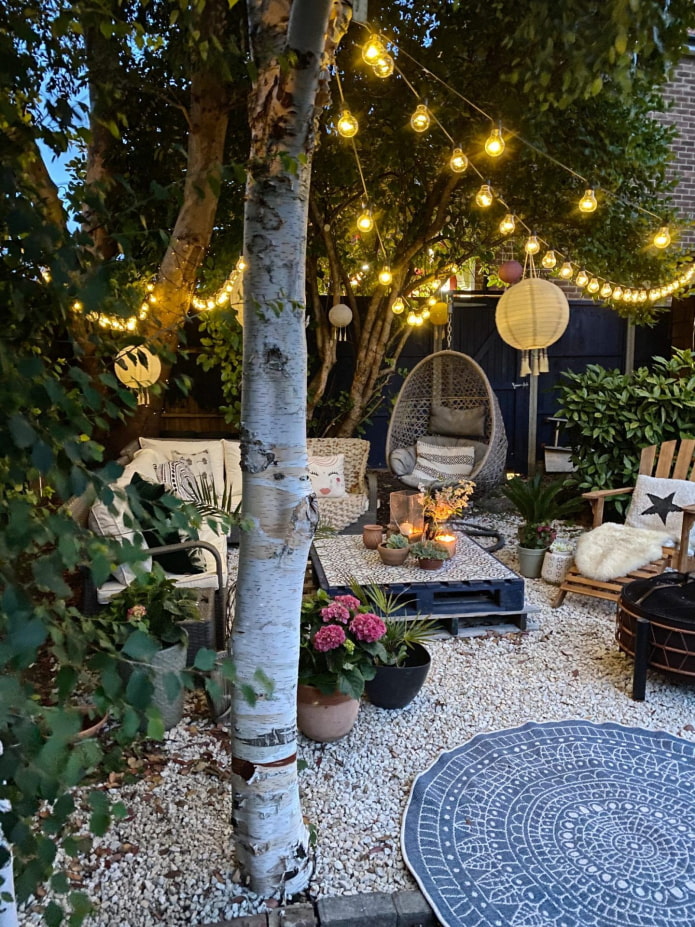
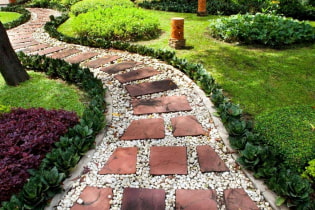 How to decorate garden paths beautifully for a summer residence?
How to decorate garden paths beautifully for a summer residence?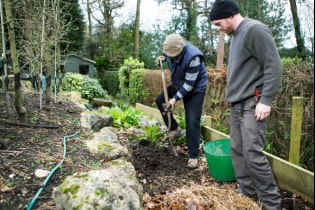 What fertilizers should be used in spring?
What fertilizers should be used in spring? How to use gabions on the site?
How to use gabions on the site?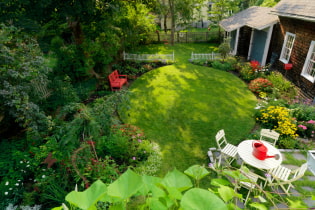 Landscaping of a summer cottage on 6 acres
Landscaping of a summer cottage on 6 acres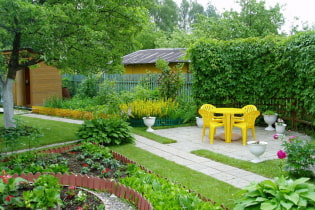 How to arrange the landscape design of a suburban area of 4 ares?
How to arrange the landscape design of a suburban area of 4 ares?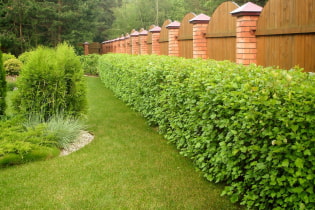 What plants can you make a hedge?
What plants can you make a hedge?